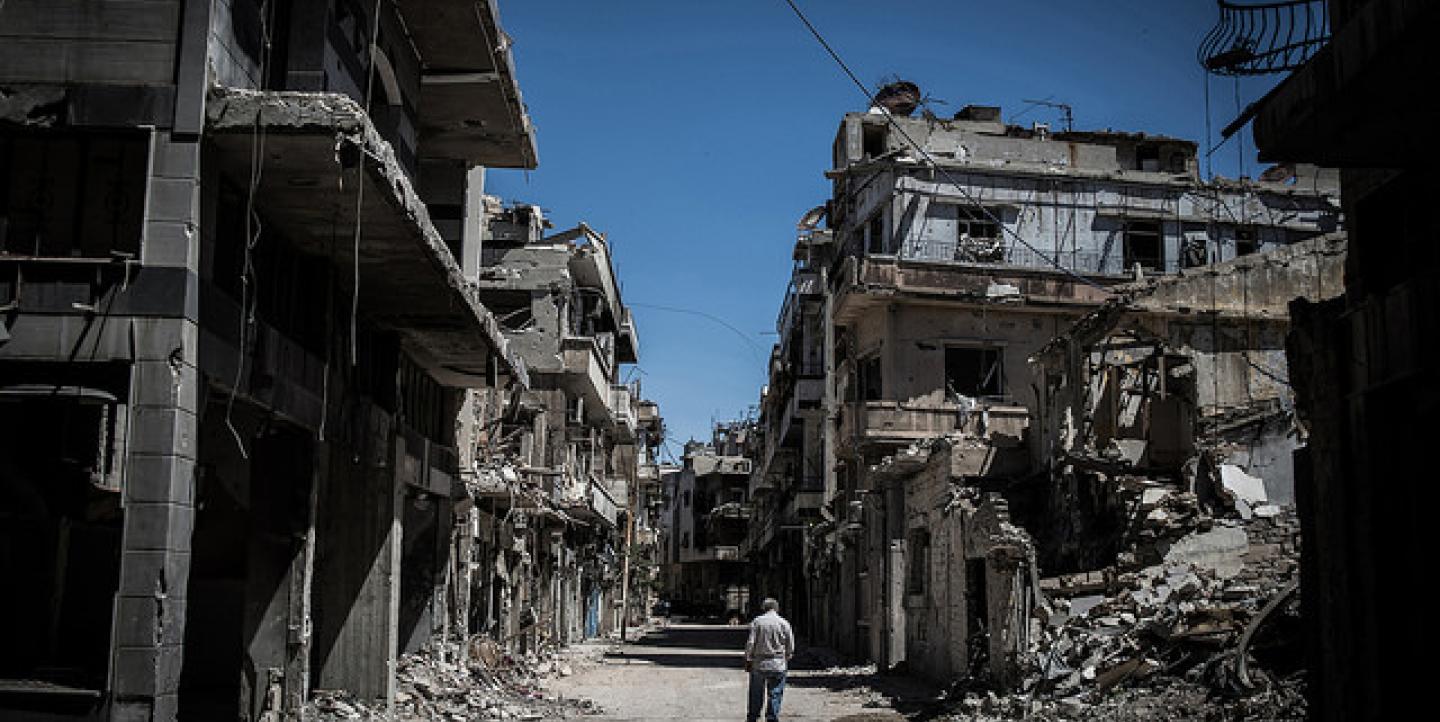Local reporters, citizen journalists, media activists and media support workers inside Syria have a new safety toolkit catered specifically to their work.
The Syria Media Safety resource is a one-stop-shop devoted to advice for journalists operating in or near the war-torn country.
The Syria Response Group, a network of international organizations that provides support to those covering the Syrian civil war, released the toolkit in August. The Committee to Protect Journalists, Rory Peck Trust, Internews, International Media Support and Front Line Defenders are among the group’s members.
This comes at a time when the numbers of journalists affected by the upheaval in Syria continues to worsen. CPJ lists 85 dead since 2011, and more than 90 abducted, the highest number of kidnappings in any conflict zone CPJ has documented. An estimated 25 journalists are still missing in Syria, presumed kidnapped. The majority are locals.
“This makes the safety challenges a lot more focused on keeping the journalists from being kidnapped, not just killed,” said Sherif Mansour, CPJ’s program coordinator for the Middle East and North Africa. “It also raises the stakes a lot more on government and non-government organizations like us to help those kidnapped and their colleagues and families.”
Available in Arabic with English translation, the online resource features 13 in-depth sections covering physical safety and digital security information, such as identity protection and encryption. There is also advice for how to obtain emergency support and trauma counseling.
All tools, including risk assessment and proof-of-life templates, can be downloaded as PDFs to accommodate those working in areas where Internet access and electricity is sketchy. The hashtag #syriamediasafety provides social media connection.
Special attention is focused on securing electronic equipment and for good reason.
A section on securing digital devices warns, “Being targeted with malware and spyware is a growing trend in Syria, and journalists are often a prime target. Sometimes it’s because of the stories they’re working on. Often times it’s because of the contacts they may have. You may be targeted to access information, or so a hacker can pretend to be you to target others.”
A video explains that spyware records words, mouse movement, programs and online history and explains computers can be infected by downloading a disguised file from the Internet, clicking on links which will secretly download malware without their knowledge, or by opening an attached file in an email that looks like something legitimate
The resource also aggregates external links for digital security training specific to the MENA region, offered by organizations like Cyber Arabs and Security in-a-Box.
You can view the resource here in Arabic and English.
Image CC-licensed on Flickr via pan_chaoyue


